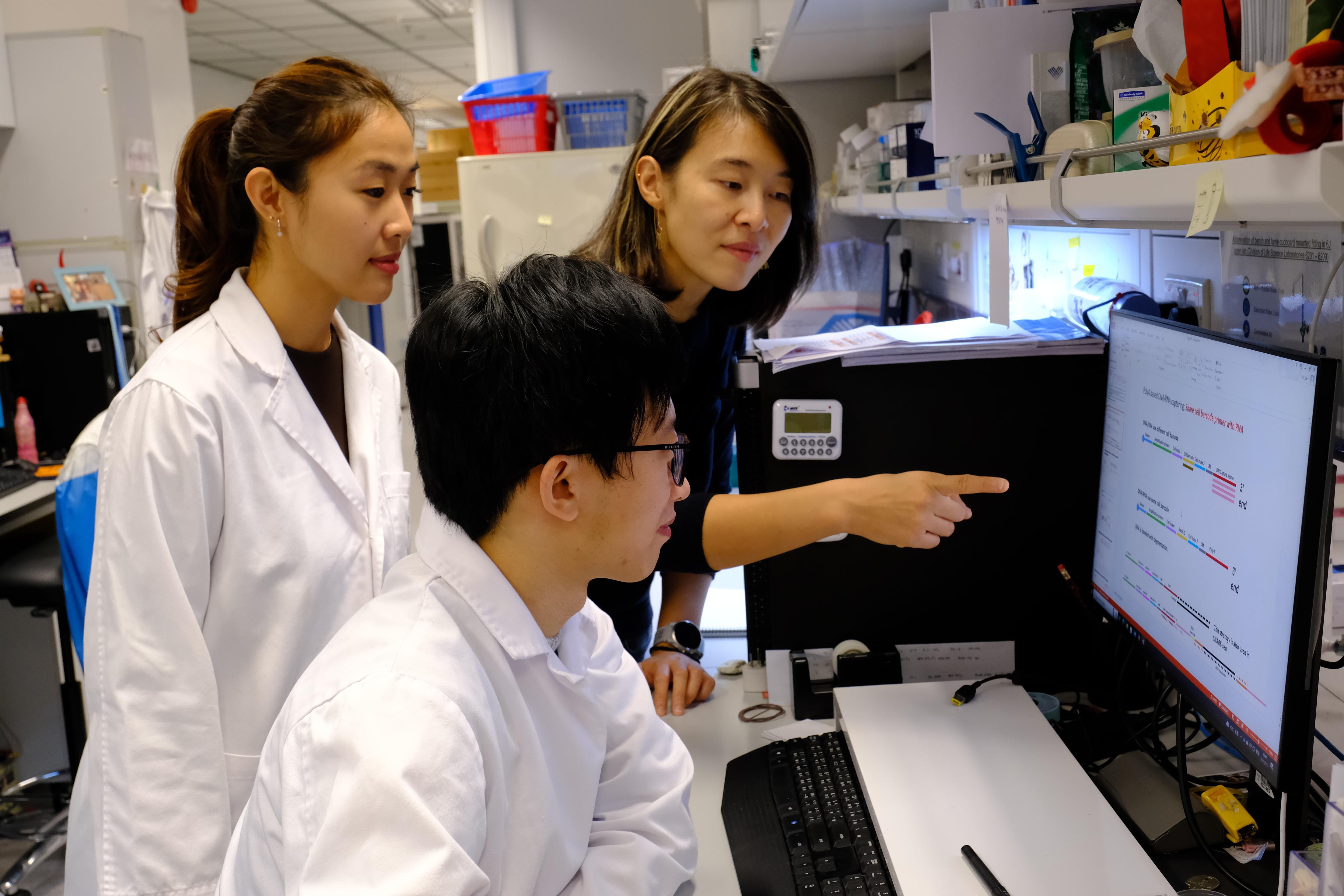

The Hong Kong University of Science and Technology (HKUST) and The Chinese University of Hong Kong (CUHK) today unveiled ground-breaking research that sheds light on how COVID-19 infection may lead to late pregnancy complications. The study reveals significant alterations in gene regulation within the placenta, paving the way for the development of potential molecular targets in future treatments to mitigate the detrimental effects of COVID-19 on maternal and fetal health.


A team led by the Hong Kong University of Science and Technology (HKUST) has developed a technique to study how different fish species interact with each other in a coastal region, a breakthrough that helps explain the complex relationships among marine species and how global warming impacts fish populations. By analyzing minute traces of fish DNA from samples of seawater, the team combined the use of environmental DNA – known as eDNA – and advanced statistical analysis to not only detect the presence of fish species, but also reveal how the species interact with each other.


A research team from the Hong Kong University of Science and Technology (HKUST) has identified a key protein that may shed light on how to reverse the aging process using the adult stem cell of skeletal muscle (or muscle stem cells, MuSCs) as a model system. The discovery paves the way for the possible future development of therapeutic interventions for aging-related diseases and various mitochondrial diseases.
An international research team led by the Hong Kong University of Science and Technology (HKUST) has developed an artificial intelligence (AI)-based model that uses genetic information to predict an individual’s risk of developing Alzheimer’s disease (AD) well before symptoms occur. This groundbreaking study paves the way for using deep learning methods to predict the risks of diseases and uncover their molecular mechanisms; this could revolutionize the diagnosis of, interventions for, and clinical research on AD and other common diseases such as cardiovascular diseases.


To discover and thoroughly demonstrate the newly identified noncanonical cleavage mechanism, the Hong Kong University of Science and Technology (HKUST) research team, led by Prof. Tuan Anh Nguyen, Assistant Professor of the Division of Life Science, used several sophisticated techniques, such as miRNA sequencing, pri-miRNA structure analysis, and high-throughput pri-miRNA cleavage assays for approximately 260,000 pri-miRNA sequences. In contrast to the canonical mechanism, the noncanonical mechanism does not rely on several essential protein and RNA elements required for the canonical mechanism.


Ice surfaces have a thin layer of water below its melting temperature of 0℃. Such premelting phenomenon is important for skating and snowflake growth. Similarly, liquid often crystallizes into a thin layer of crystal on a flat substrate before reaching its freezing temperature, i.e. prefreezing. The thickness of the surface layer usually increases and diverges as approaching the phase transition (such as melting and freezing) temperature. Besides premelting and prefreezing, whether similar surface phenomenon exists as a precursor of a phase transition has rarely been explored.


A research team from the Hong Kong University of Science and Technology (HKUST) has developed the world’s most productive...


Researchers at the Hong Kong University of Science and Technology (HKUST) developed a novel technology which allows genomic DNA and RNA sequencing to be carried out simultaneously in single cells of both frozen and fresh tissues, and identified rare brain tumor cell "spies" disguised as normal cells with this method. This breakthrough facilitates cancer research for some of the most complex and rare tumors, opening new directions for drug target discovery in the future.


The study of microRNAs (miRNAs), small RNAs that play important roles in gene regulation in animals and humans alike, have long been a topic of interest to many. How these miRNAs control and regulate gene expression, a subject of great importance in biology and medicine, is often believed to hold the keys to providing effective cures, or strategies, to different phenomenon and symptoms, such as cancer, a result of cell mutations.


In April to May 2019, the coral reefs near the French Polynesian island of Moorea in the central South Pacific Ocean suffered severe and prolonged thermal bleaching. The catastrophe occurred despite the absence of El Niño conditions that year, intriguing ocean scientists around the world.